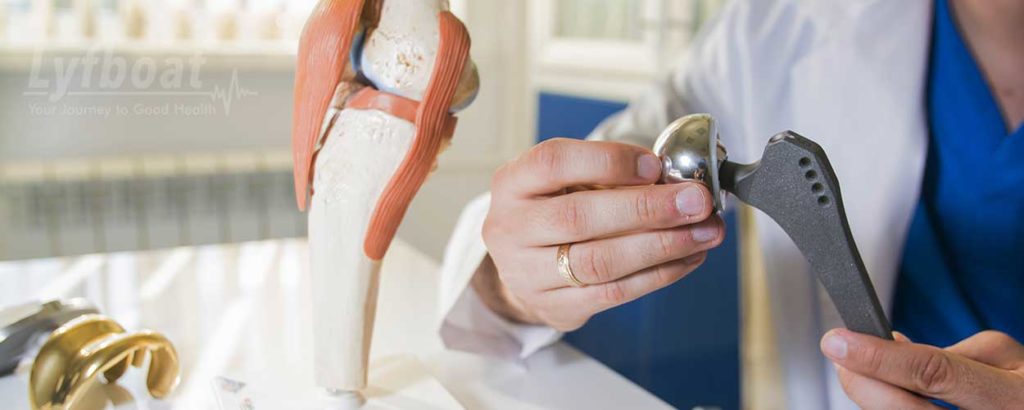Why People Choose India for Hip Replacement Surgery?
Hip replacement cost is one of the biggest factors behind the visit of thousands of patients to India. It is a costly procedure, especially in Western countries. Since it is a complex surgery, it must only be performed by a highly experienced and trained orthopedic doctor.
The cost of hip replacement surgery is bound to be high in many countries. This is the case with a majority of Western countries, including the US.
But, the huge cost in the western countries restricts patients from undergoing the treatment which encourages them to look for cost-effective options and alternatives. This is the reason why hip replacement surgery in India is so popular. The country is known for offering quality medical treatment at an affordable price.
- Low cost of hip replacement treatment in India.
- Quality of diagnosis, treatment, and preventive health services.
- Complimentary services and facilities provided by the hospitals.
- Option to combine leisure with the procedure.
- No waiting time for surgery.











